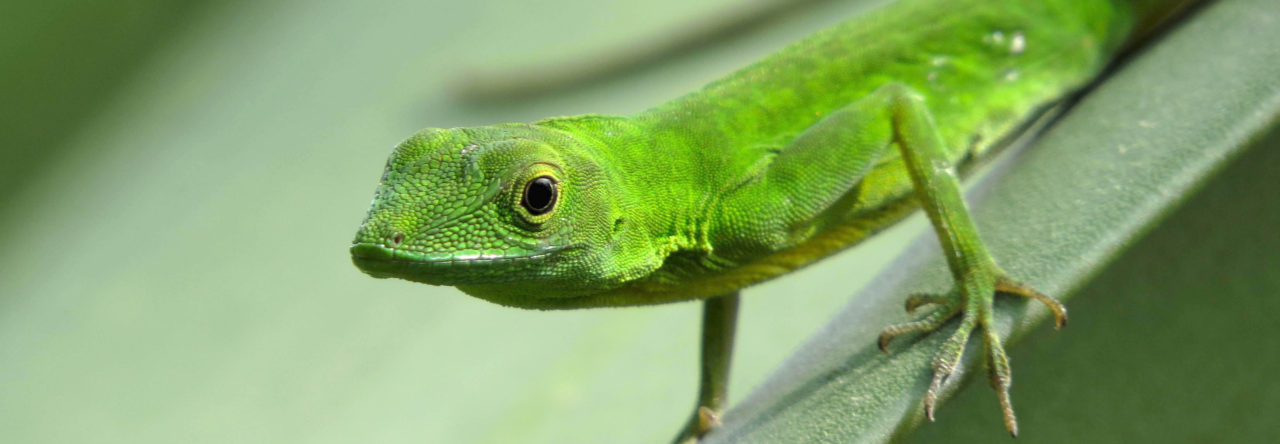
Photo of S. arenicolus by Michael T. Hill from a U. S. Fish and Wildlife handout: http://www.fws.gov/southwest/es/newmexico/documents/Dunes_Sagebrush_Lizards_Handout.pdf
An article in Wednesday’s NY Times reported mixed results from efforts to conserve the rare dunes sagebrush lizard (Sceloporus arenicolus [formerly S. graciosus arenicolus]). Politics and oil interests are keeping the species off the endangered species list, but the Obama administration has reached a “conservation agreement” that ensures protection for most of the species’s range. For those interested in delving into the science underlying this story in a bit more detail, some recent peer-reviewed work on this species address the impact of oil and gas development on lizard populations (Smolensky & Fitzgerald 2011), the effectiveness of alternative sampling strategies (Smolensky & Fitzgerald 2010), and genetic diversity within and among populations (Chan et al. 2009). Smolensky and Fitzgeralds (2011) study of lizard abundances across a variable landscape paints a complicated picture suggesting that several different landscape variables likely impact the lizards, but they surely delighted the oil and gas industry with the following quote: “we did not find clear statistical evidence to support our hypotheses that oil and gas development at our study sites had a direct negative effect on quantity of habitat, quality of habitat, and populations of lizards. ” Chan et al.’s (2009) study of genetic diversity finds evidence for geographic genetic differentiation of some populations, but does not detect differentiation among individual sand dune blowouts. In any event, it’s not every day that our favorite type of critter makes it into the newspaper of record!



 Along with the films, a book has been produced and, most importantly to us, a
Along with the films, a book has been produced and, most importantly to us, a 





